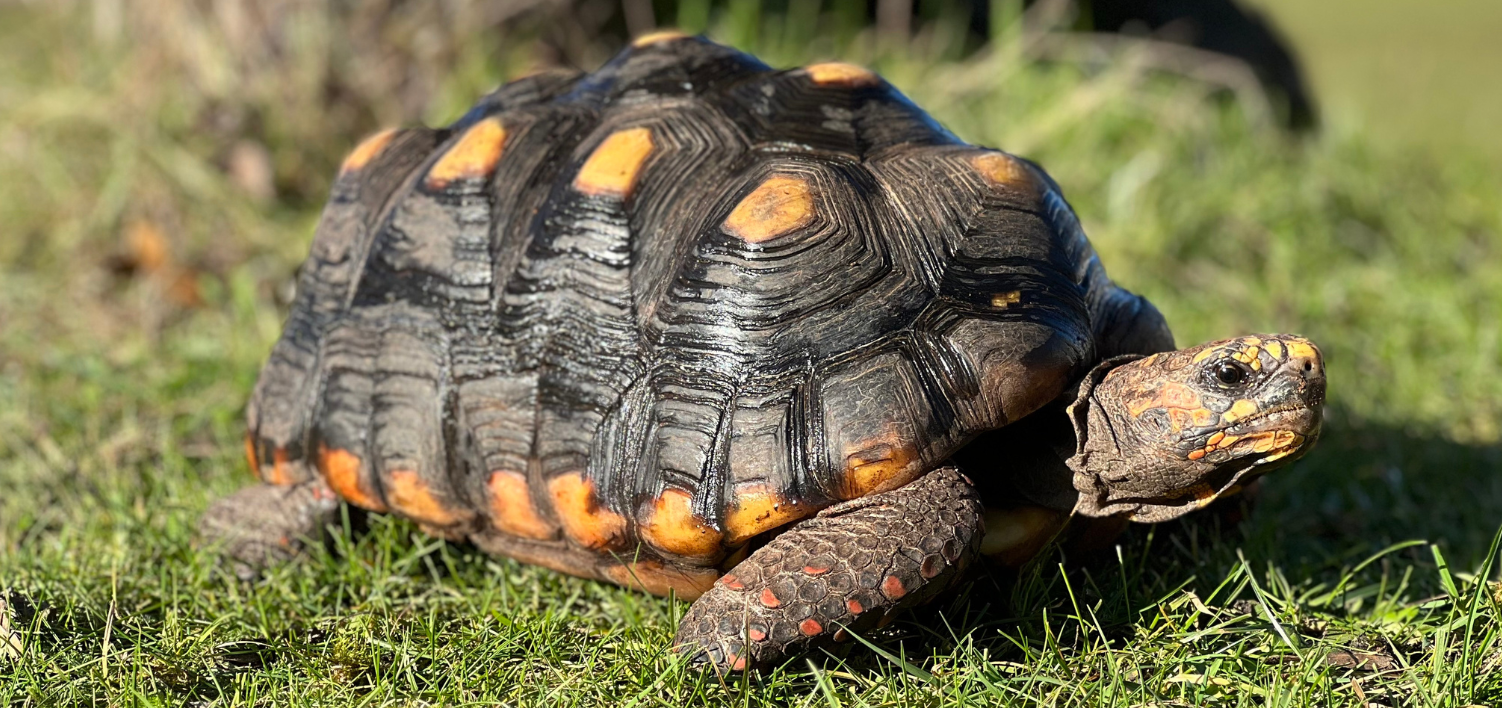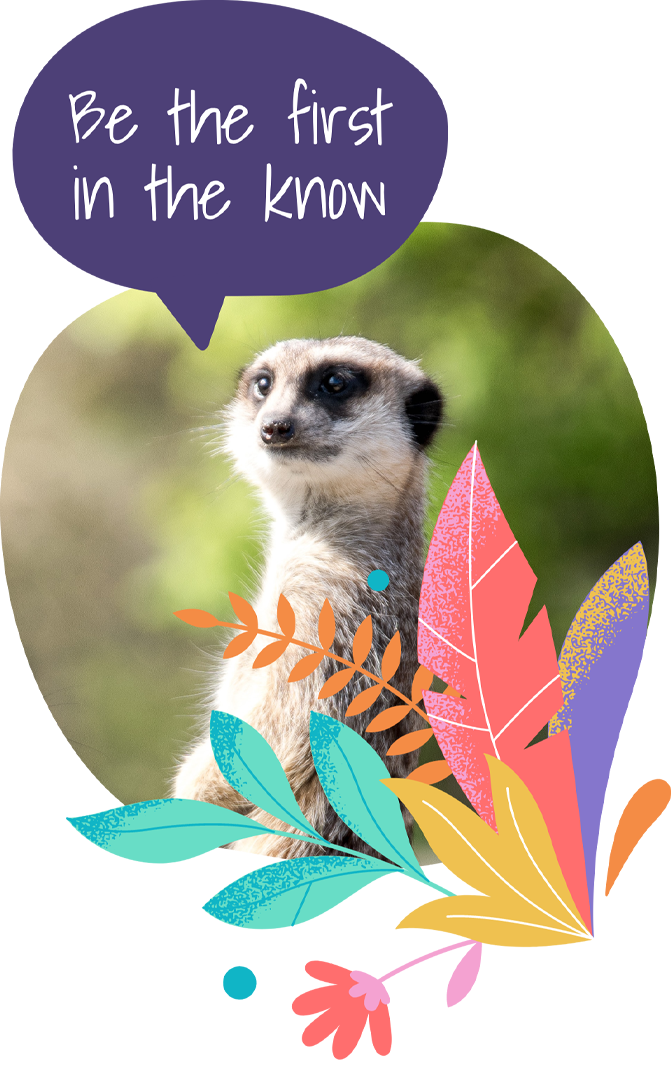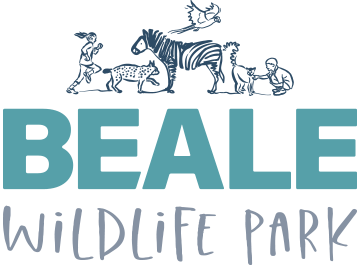
Diet
Omnivorous. Leafy greens, fruits and carrion & invertebrates.

Habitat
Northern South America. Savannah to forest edges
of the Amazon basin.
Fact
Eggs, hatchlings and juveniles are predated upon by many animals, but the main threat to adults are jaguars and humans
Scientific Name
Chelonoidis Carbonarius
Named after the red scales on their legs, the red-footed tortoise is a popular pet, and it is this popularity that has led to over collection from the wild, leading to their vulnerable conservation status.
Strangely for tortoises, they regularly eat meat as part of their diet, snacking on carrion that they find lying around. As such, we regularly feed these tortoises worms or a defrosted pinkie mouse once a week for essential proteins.
They are a fairly social species, and are happy to share food without fighting, although scuffles occasionally break out when competing for the attention of a female.
Sexing tortoises is easy with a quick look at the “plastron”, or the underside of the animal. Females have a flat plastron, whereas males have a concave one which helps them to fit on top of the female when mating.
More of our animals you may like to meet
Subscribe to our newsletter
Stay up to date with all that is happening at the park and receive exclusive offers and news.
You can unsubscribe at any time by clicking the link in the footer of our emails. For information about our privacy practices, please visit our website.
We use Mailchimp as our marketing platform. By clicking below to subscribe, you acknowledge that your information will be transferred to Mailchimp for processing. Learn more about Mailchimp's privacy practices



